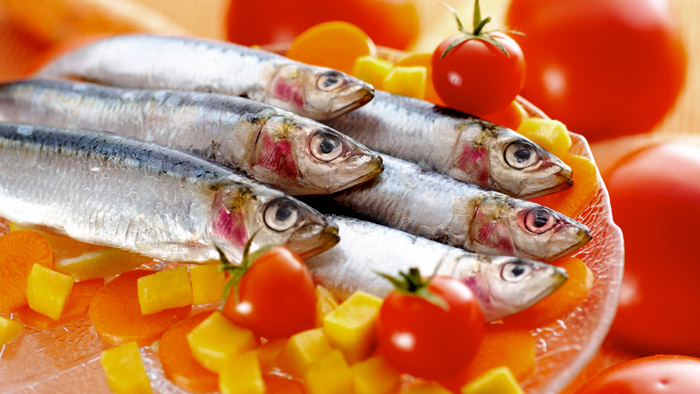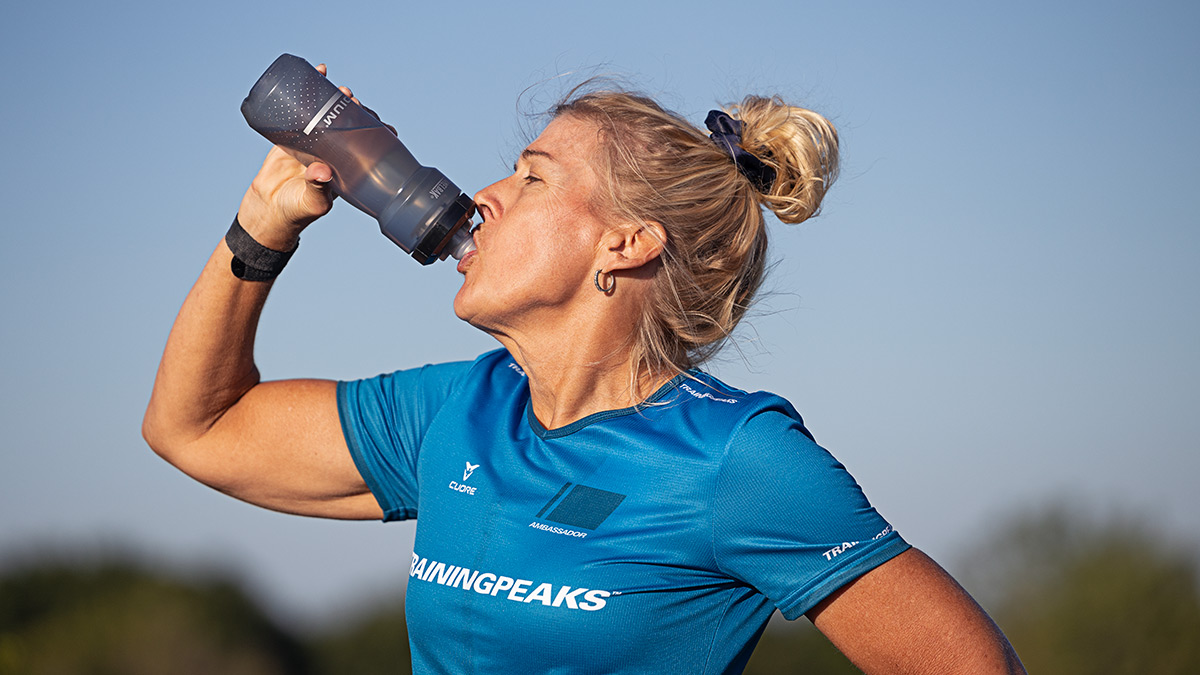The Western diet changed the ratio of omega-3 and omega-6 fatty acids within our bodies. It’s estimated that the ratio used to be 1:1 or 2:1, which is the ratio in wild animals. In the last thousand years or so (and mainly during the last 150 years), the ratio changed from approximately 1:10 to 1:20 in favor of omega-6 fatty acids. A menu that consists of too little omega-3 in comparison to omega-6 fatty acids is the culprit, which can cause unnecessary inflammation in the body.
Don’t worry, though — understanding the role of omega-3s and adding more of them to your diet can reverse the unwanted inflammatory response.
What Are Omega-3s?
Omega-3 is a general name for three fatty acids that your body needs to function optimally: EPA, DHA, and ALA. The body needs all three of them, but the first two are especially important for athletes (more on that later). Your body is able to convert ALA (often found in plant oils) to EPA and DHA, but it is very inefficient at doing so. Therefore, it’s best to consume omega-3 fatty acids from other sources.
Omega-3 fatty acids are most easily obtained through marine oils, with some of the best sources being salmon and sardines. It is worth mentioning that you can find omega-3s in other fish, such as tuna and shrimp, but due to high levels of cadmium in those fish, they are less recommended. Other good sources of omega-3 fatty acids are enriched dairy products, and krill oil, and fish oil supplements.
Considering that the ratio between omega-3 and -6 fatty acids is more important than their absolute numbers, you should strive to decrease the amount of omega-6 fatty acids in your diet. Omega-6 fatty acids can be found in a variety of oils including corn oil, soya oil, cotton oil, etc. Replacing those oils with canola or olive oil can help.
Addressing the Omega-3 to Omega-6 Imbalance
The change in the ratio of omega-3 to omega-6 leads to an inflammatory state in your body. This is because omega-3 fatty acids metabolites have anti-inflammatory properties, while omega-6 fatty acids metabolites tend to be inflammatory. These two fatty acids essentially “compete” on the same digestion enzymes, so it makes sense why the increased ratio of omega-6 fatty acids leads to inflammation.
So why is this especially important for athletes? In a study by Artemis P. Simopoulos of the Center for Genetics, Nutrition and Health, it was found that “training leads to an increase in super-oxides radicals in the lipid bilayers of muscles mitochondria, and trauma to the muscles.” Essentially, training-induced trauma to the muscles leads to an increased state of inflammation, which is made worse by the increase in omega-6 fatty acids. Additionally, recovery is hampered due to this inflammatory state.
Additional Benefits for Athletes
On top of reducing inflammation, omega-3 fatty acids have several other advantages. One of the advantages is that they increase oxygen delivery to your heart, allowing it to work a little less hard. Omega-3s also have some advantages that are similar to those achieved during physical activity. For example, they increase insulin sensitivity in the muscles (reducing the risk of diabetes), reduce the chances of cancer, reduce high blood pressure, and have an important role in the prevention of coronary heart disease.
After reviewing practically any legal method to improve the performance of cyclists for his book Faster: the Obsession, Science and Luck Behind the World’s Fastest Cyclists, Michael Hutchinson writes that “the one thing that I am 100% sure works – and more or less everyone I’ve ever spoken to about it agrees – is omega-3 fatty acids, or fish oil”.
In conclusion, omega-3 fatty acids improve your recovery by decreasing inflammation in your muscles. The two important fatty acids of omega-3 are DHA and EPA, which are found in salmon, sardines, fish, krill oil, and fish oil. Increasing the amount of omega-3s in your diet while decreasing the amount of omega-6 fatty acids helps balance out the detrimental ratio often seen in Western diets.
References
Hutchinson, M. (2014, May 22). Faster: The Obsession, Science and Luck Behind the World’s Fastest Cyclists. Retrieved from https://www.amazon.com/Faster-Obsession-Science-Fastest-Cyclists/dp/1408843757
Simopoulos, A.P. (2007). Omega-3 Fatty Acids and Athletics. Retrieved from http://www.omega3galil.com/wp-content/uploads/2013/10/Omega-3-Fatty-Acids-and-Athletics.pdf









